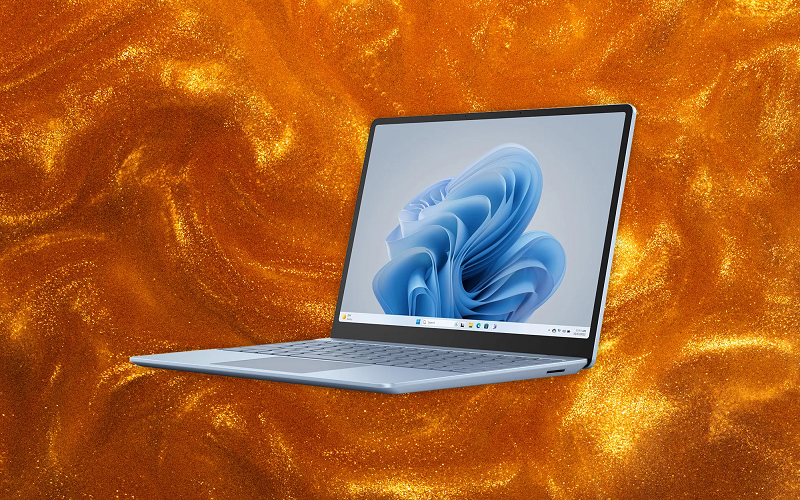Introduction
Over the years, exhibition design has evolved significantly, shifting from static displays to more engaging and interactive experiences. With the rapid advancement of technology, the future of exhibition design is full of exciting possibilities. The article delves into the latest trends and technologies that are influencing the direction of exhibition design in the future.
Immersive Environments: Blurring Boundaries
The exhibition design will prioritize the creation of immersive environments that blend the physical and digital worlds in the future. VR and AR technologies will be essential in achieving this goal. Visitors can explore virtual spaces, interact with digital objects, and experience simulations that take them to different times and places.
Personalized Experiences: Tailored for Every Visitor
Future exhibitions will shift from generic approaches to customized experiences. Exhibition designers can utilize artificial intelligence (AI) and data analytics to collect data based on visitors’ preferences and interests. The collected information will be utilized to customize exhibits, displays, and interactive features, ensuring every guest’s distinctive and captivating encounter.
Interactive Displays: Engaging the Senses
Static displays that only exhibit artifacts or information are a thing of the past. Exhibition design services in the future will feature interactive displays that stimulate the senses and promote active engagement. Visitors can interact with exhibits, manipulate objects, and explore the presented content using touchscreens, motion sensors, haptic feedback, and gesture recognition technologies.
Augmented Reality (AR) Enhancements: Overlaying Digital Content
In the future, exhibition design will incorporate augmented reality (AR) as an essential component. With AR, designers can superimpose digital content onto real-world objects, offering more context, information, and interactive features. The exhibition will offer augmented content that can be accessed using smartphones or AR glasses, providing visitors with an enriched experience and deeper engagement.
Gamification: Making Learning Fun
Exhibition design in the future will incorporate gamification techniques to enhance the learning experience and make it more engaging and interactive. Exhibits will feature gamified elements like challenges, quizzes, and rewards to motivate visitors to participate actively and enjoy fun and competition. This approach will improve visitor engagement and help them better understand and remember the information presented.
Sustainability and Green Design: Environmental Considerations
As the environment becomes an increasingly pressing concern, exhibition design will need to prioritize sustainability and green design in the future. Exhibitions aim to reduce their carbon footprint by using eco-friendly materials, adopting energy-efficient technologies, and implementing recycling and waste management practices. The main objective is to design captivating experiences that enlighten visitors on environmental concerns and motivate them to take constructive action.
Virtual Exhibitions: Breaking Physical Constraints
Exhibition design in the future will witness an increase in virtual exhibitions, liberating from the limitations of physical space. Digital exhibitions can be accessed from anywhere in the world with the help of online platforms like graphic design services and virtual reality technologies. This creates new opportunities for collaboration, accessibility, and outreach, making it possible for a wider audience to participate in exhibitions regardless of location.
Integration of Artificial Intelligence (AI): Enhancing Visitor Experience
AI is set to have a major impact on the future of exhibition design. Visitors will receive personalized guidance and information from AI-powered chatbots and virtual assistants. Real-time adjustments and improvements in exhibition design can be made by analyzing visitor behavior and preferences using machine learning algorithms. AI can help generate dynamic content, which will keep exhibitions up-to-date and relevant.
Conclusion
Exhibition design has a promising future with exciting opportunities. Incorporating advanced technologies such as AR, VR, and MR will transform how visitors engage with exhibits, providing them with immersive and interactive displays. Exhibitions will prioritize personalization and customization, providing tailored experiences that cater to individual interests and preferences. By utilizing advanced data analytics, curators can optimize exhibitions for maximum impact by gaining valuable insights. Exhibition design’s future is full of possibilities where technology and creativity meet to produce captivating and transformative experiences for global audiences.





